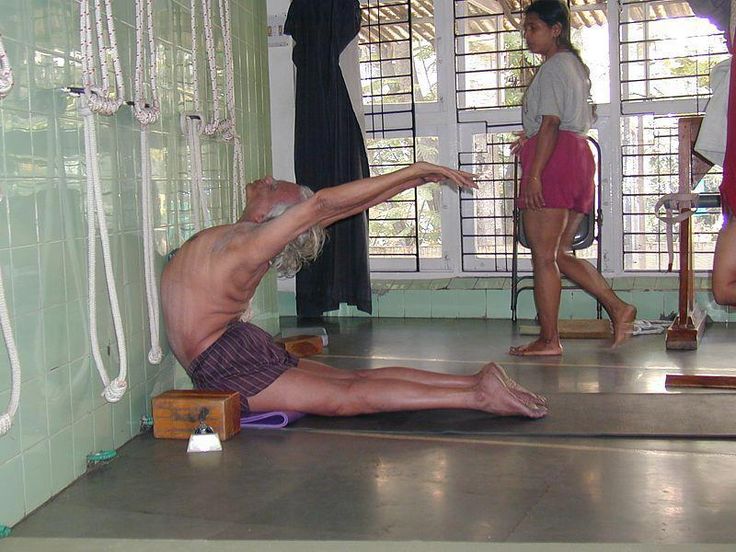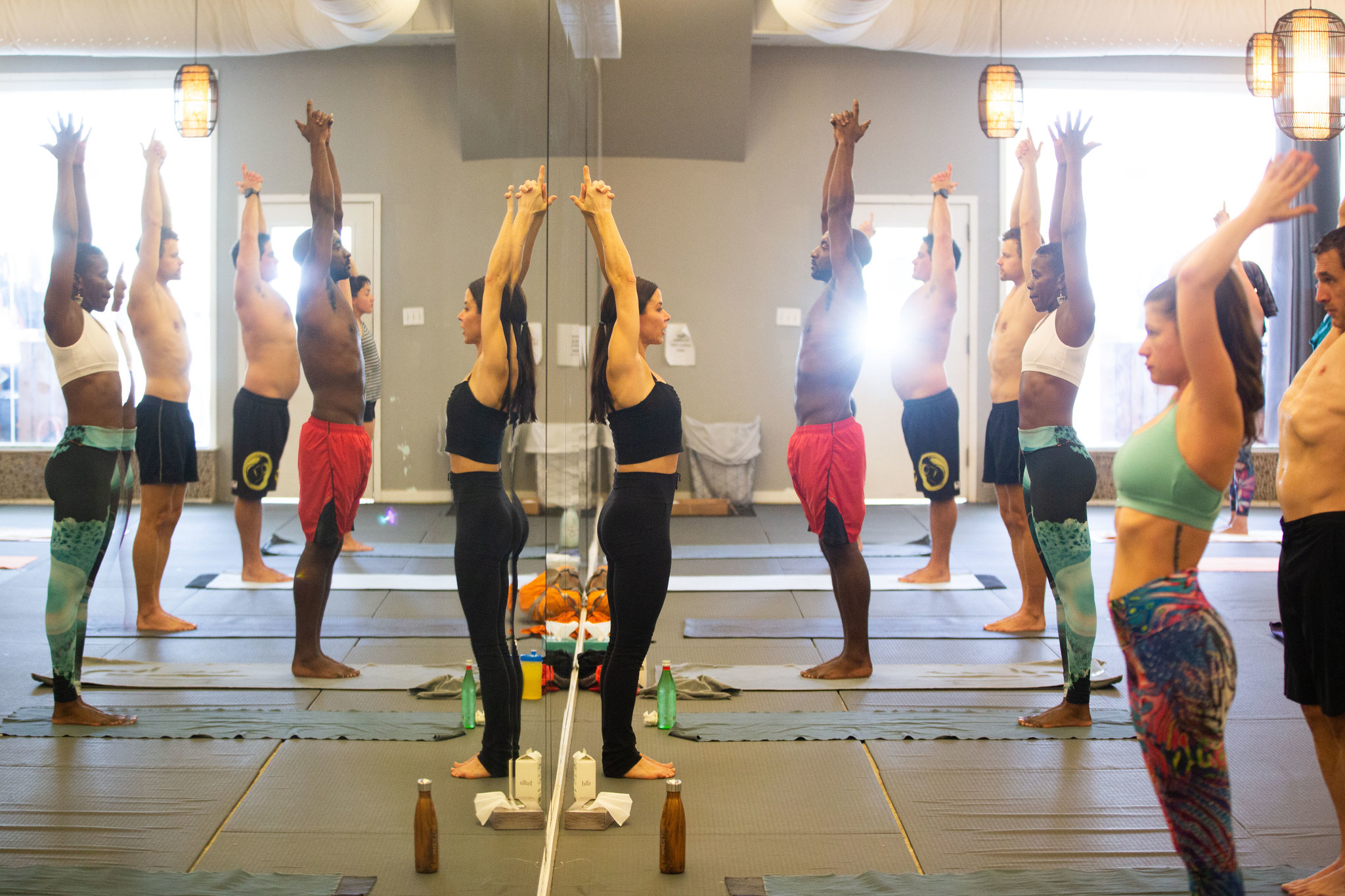
Yogic breathing is a wonderful way to relax the mind and body. It has been shown to have a positive effect in a number of disorders such as psychological disorders, imbalances of the autonomic nervous system, stress-related disorders, immune function, and even anxiety.
The goal of yogic breathing is to develop the capacity to breathe fluidly and intentionally. The ideal breathing technique is to expand the mid-torso, fill up the chest, reach the upper chest, and then extend the shoulders. You should not strain your body by holding it tight. This will also help increase oxygen intake and improve the body's ability to handle stress.
Yogic breathing is a practice that involves closing the left nostril with the thumb. The yogis then inhale through right nostril. Inhalation takes place through the left nostril. Apart from yogic breathing, yogis are also taught other breathing exercises, such as kapalbhati (breath of fire), ujjayi (breath of fire) and kapalbhati (breath of fire).

The Breath of Fire (kriya cleansing) is a practice that purifies the mind. The practice is 30-60 inhalations. This practice can be used to jumpstart Vinyasa practice.
The Breath of Fire also builds heat in the body. It's a great way for Vinyasa to be started. It is also used to clear the mind of mental and emotional blocks. This is best done in the morning. It is also an excellent way to detoxify the body.
For thirty to sixty exhalations, breathes of fire can be taken. These breaths are then repeated two to three times. You exhale by using your lower abdominals. The claviculated breathe is a method of breathing that expands and contracts the upper portion of the lung around the base. This technique can improve circulation and increase the performance of various organs.
There are two main types of yogic breathing: clinical and physiological. The clinical studies concentrate on specific physiological, psychophysiological and psychological changes that occur during yogic respiration. The physiological studies cover biochemical and respiratory variables as well as neurocognitive assessments.

The physiologic studies cover studies that look at the effects of yogic respiration on physical health, neurological function, immune function, stress related disorders, and stress related illnesses. Some of these studies include those on stroke rehabilitation, withdrawal form smoking, and yogic respiration practices.
The major findings of studies on yogic breathing were used to classify them. Studies that did not have an abstract, were published elsewhere than English, or were incorporated with other yoga techniques were excluded from the final review. Additionally, the review excluded studies that used yogic and/or other yoga practices.
Yogic breathing, which can be done either supine or seated, is a form of meditation. It is ideal for yoga and meditation, as it aims to relax both the mind and body. It has positive effects on the immune system, lung function, psychological disorders and lung function. It is important to regularly practice this type if breathing exercise.
FAQ
Is yoga helpful for people with chronic diseases?
Yoga could help people with chronic diseases like diabetes and heart disease. This is because it improves overall fitness, reduces stress and increases flexibility.
Yoga can also be helpful for other conditions, such as arthritis and cancer, depression.
Is 20 minutes of yoga enough for a daily workout?
Yoga should not only be considered an exercise activity, but a way to find your inner self. It is a chance to reflect on the life you lead and the choices that have been made.
A few years ago, I was introduced to yoga by my friend, who had been practicing it for many years. He explained that he used to do yoga for 20 minutes every morning. This helped him feel more calm throughout the day.
I decided to try it and found that it made a difference in my overall well-being. I have continued to practice yoga regularly since then and find that it helps me relax and focus when working at my desk.
It is important to find what works best for your needs and set realistic goals. Yoga doesn't have to be a time-consuming activity if it's not going to help your goals.
How does yoga change your body?
Yoga is a great way to relax and stretch. It can also make you feel great. This is because yoga improves flexibility and strength and reduces stress. This results in better sleep, increased concentration, and more energy.
Yoga increases blood flow which makes you less likely get the flu or cold. This happens because yoga is a deep practice of breathing that increases oxygen flow to your brain.
Yoga also relieves tension and pain. The postures help strengthen muscles and joints and improve posture.
For your happiness and health, it is important to practice yoga regularly.
Statistics
- Start your Fall off right with 20% off All Access Membership when you sign up by 9/25! (corepoweryoga.com)
- In comparison, a 125-pound person is estimated to burn 135 calories in 30 minutes of walking (at a pace of 15-minute miles) and 210 calories bicycling at a moderate pace on a stationary bike. (everydayhealth.com)
- The people in the yoga group were 37 percent more likely to have quit smoking by the end of the 8-week program. (nccih.nih.gov)
- The American Psychological Association recently shared that 84% of American adults feel the impact of prolonged stress (5). (healthline.com)
- According to the Agency for Healthcare Research and Quality, falls are incredibly common among older adults in nursing facilities. Even the simplest ones can increase the risk of death (24). (healthline.com)
External Links
How To
Can I do yoga during pregnancy?
Pregnancy can affect your ability to do certain poses safely. Before you start a new exercise program, consult your doctor.
However, there are many poses you can still do during pregnancy. These are some ideas:
-
Weight lifting should not be done above the shoulders by pregnant women. Instead, you can use dumbbells or lightweight resistance bands.
-
Avoid deep twists. These could pressure your belly.
-
Before you have children, avoid backbends. They can put excessive strain on your lower back.
-
Before you deliver your baby, make sure to not sit on your stomach or cross-legged until the delivery.
-
Make sure you have your doctor cleared you to perform inverted poses (e.g., headstands or handstands).
-
Do not exceed 30 minutes of practice per day.
Yoga can be continued throughout pregnancy if you are ready. Your doctor will let you know when you are ready for yoga.